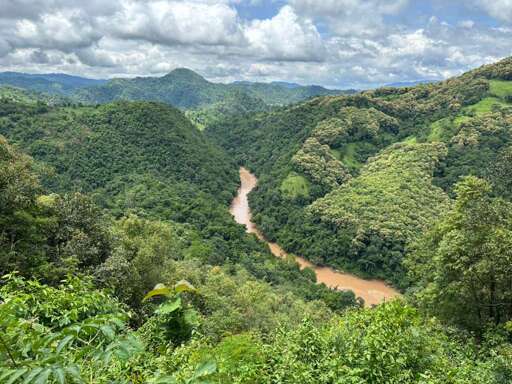BANGKOK — New satellite data identified 513 sites of rare-earth mining that have cropped up across at least six key tributaries of the Mekong, Salween and Irrawaddy rivers in Myanmar over the past 10 years. These include 40 believed to have opened this year alone, with the total marking a dramatic increase from previous estimates and suggesting the risk of transboundary river pollution is significantly higher than once thought. The new data and analysis from nonprofit think tank the Stimson Center, published Sept. 22, warns that the proliferation of unregulated mining operations in Myanmar, which are already having dire outcomes in northern Thailand’s Chiang Mai and Chiang Rai provinces, could be worse for the region’s rivers than expected. Brian Eyler, director of the Stimson Center’s Southeast Asia program, who conducted research on the river contamination in northern Thailand, said further testing is urgently needed. He urged other countries to begin testing their waterways potentially as far afield as Cambodia and Vietnam, because the potential for acids, heavy metals, arsenic and other toxins linked to mining flowing downstream is now significantly higher than previously reported. This testing, he added, needs to include the water, sediment and surrounding soil from rivers. It was the “sticky mud” that inundated parts of northern Thailand following heavy rainfall that first alerted his team to contamination on the Kok River, which flows into Chiang Mai’s Mae Ai district from Myanmar, before going on to feed into the Mekong River in Chiang Saen district, Chiang Rai. “That’s what’s…This article was originally published on Mongabay
From Conservation news via this RSS feed


